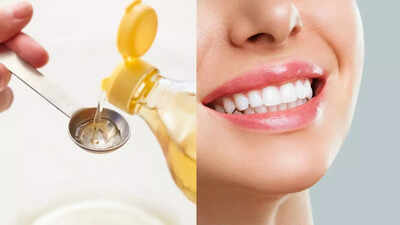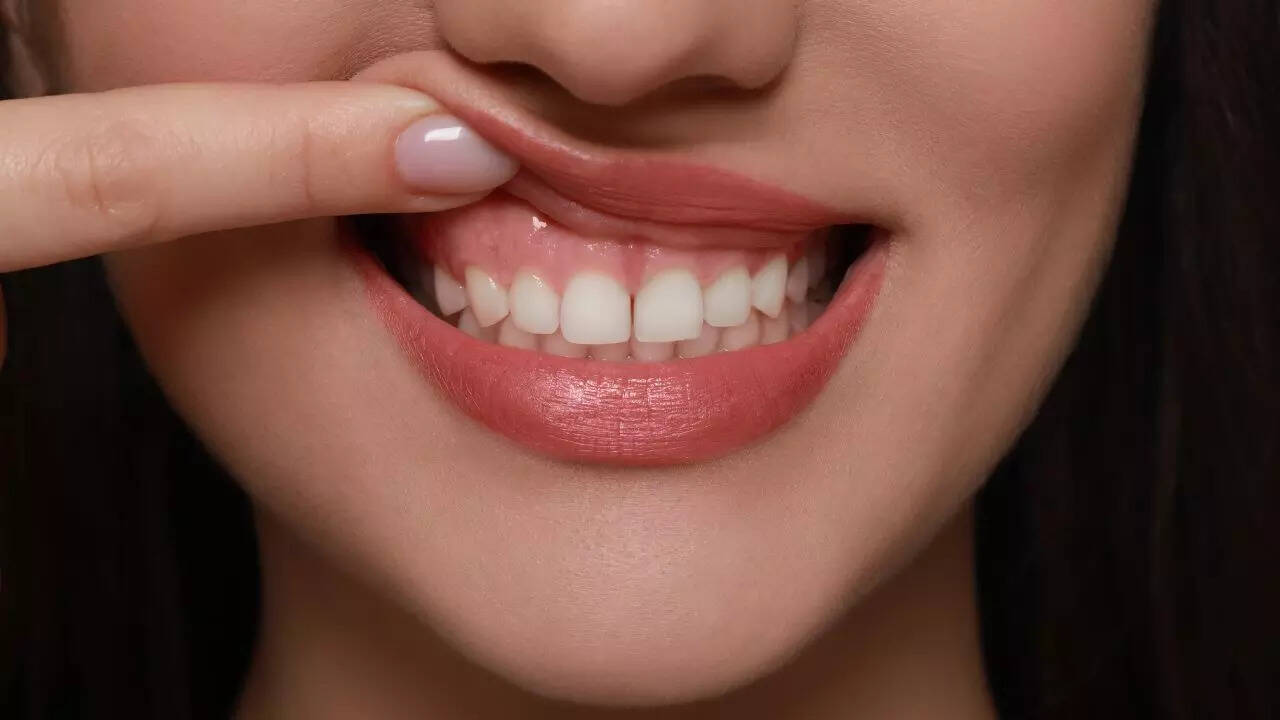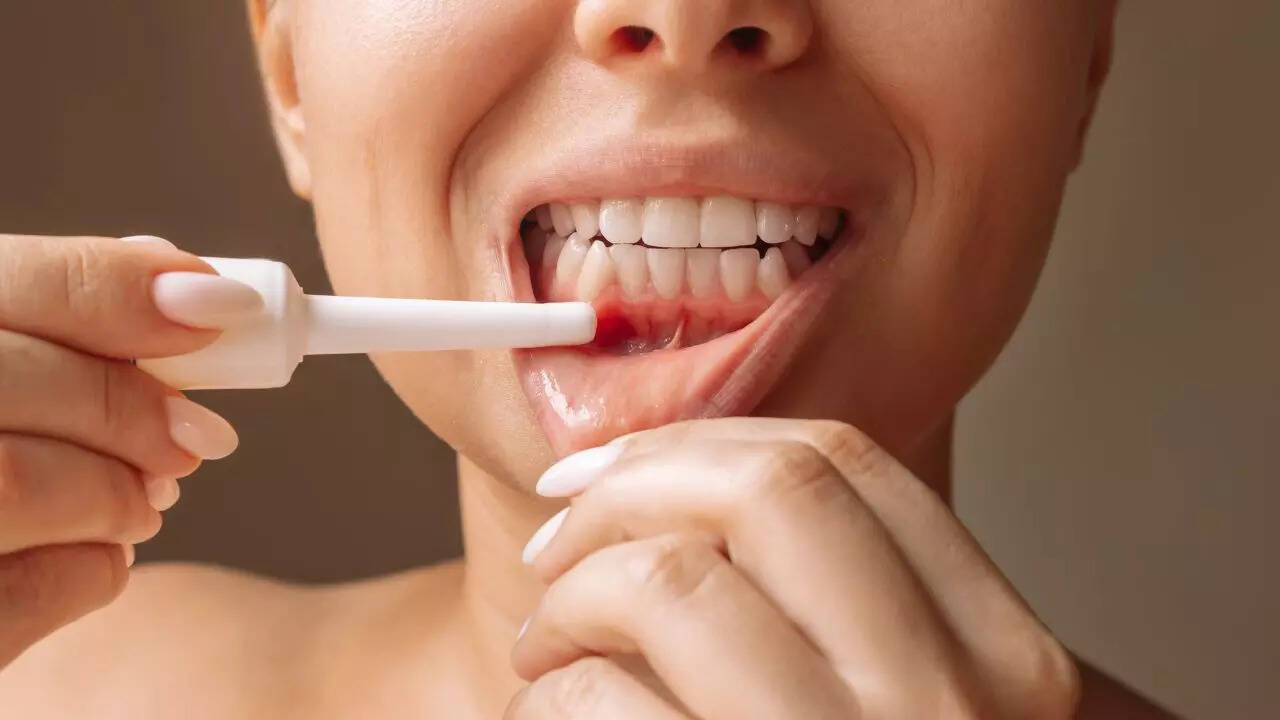ARTICLE AD BOX

Oil pulling is an ancient oral hygiene practice rooted in Ayurvedic medicine that’s making a strong comeback today. This natural method involves swishing edible oil, typically coconut or sesame oil, in your mouth for 10 to 20 minutes to help draw out toxins, bacteria, and debris.
The process is believed to promote healthier teeth and gums, reduce bad breath, and support overall oral health. Unlike many commercial mouthwashes, oil pulling is chemical-free and gentle on the mouth. With both traditional use and emerging scientific studies backing its benefits, more people are turning to oil pulling as a simple and effective daily routine.
Understanding oil pulling and its health benefits
Oil pulling is the practice of swishing oil in your mouth, typically sesame or coconut oil, for about 10 to 20 minutes, then spitting it out.
This technique has been used for centuries in Ayurveda, a traditional Indian system of medicine.The idea behind oil pulling is that the oil "pulls" out toxins, bacteria, and debris from your mouth, helping to cleanse the oral cavity and support better oral health.
Here are the top reasons people are adding this practice to their daily routine:
1. Reduces cavity-causing bacteriaOil pulling helps reduce the presence of Streptococcus mutans, a bacteria that contributes to tooth decay. Fewer bacteria mean a lower risk of cavities and tooth damage.
2. Improves gum health

Studies show that regular oil pulling can reduce gum inflammation and bleeding, supporting healthier gums and lowering the risk of gingivitis.3. Decreases plaque buildup

Swishing oil daily helps reduce plaque accumulation on the teeth. Less plaque means fewer chances for tartar formation and periodontal disease.4. Fights bad breath

Oil pulling removes odour-causing bacteria, helping to eliminate bad breath naturally without using strong chemical mouthwashes.5. Natural and chemical-freeUnlike many commercial oral products, oil pulling uses pure, edible oils. It’s free from synthetic additives, alcohol, and harsh chemicals, making it ideal for natural oral care routines.Potential risks and side effects of oil pulling
While oil pulling is generally safe, here are a few things to watch out for:
- Allergic reactions: Some people may be allergic to coconut oil. If you’ve never used it before, do a patch test or consult your doctor before trying oil pulling.
- Jaw soreness: Swishing for 20 minutes may cause jaw fatigue or soreness, especially for beginners. Start with shorter sessions and work your way up.
- Interactions with oral products: Coconut oil may interact with certain oral products like mouthwash or medicated toothpaste. Be sure to space out your routine and consult your dentist if unsure.
How to do oil pulling with coconut oil: Step-by-step
- Choose high-quality oil: Use organic, cold-pressed, virgin coconut oil to ensure you’re using the purest and most effective form.
- Take a tablespoon: Scoop 1 tablespoon of coconut oil and place it in your mouth. You can start with a smaller amount if you're a beginner.
- Swish gently for 15–20 minutes: Move the oil around your mouth gently. Don’t gargle or swallow it. Try to reach all corners of your mouth.
- Do not swallow the oil: The oil absorbs toxins and bacteria, so swallowing it can be harmful.
- Spit it out & rinse: Spit the used oil into a trash can (not the sink—it can clog pipes), and rinse your mouth thoroughly with warm water.
- Brush your teeth normally: Finish your oral hygiene routine by brushing with fluoride toothpaste.
Also read | 12 natural remedies to cure mouth ulcers



.png)
.png)
.png)
















 17 hours ago
5
17 hours ago
5








 English (US) ·
English (US) ·